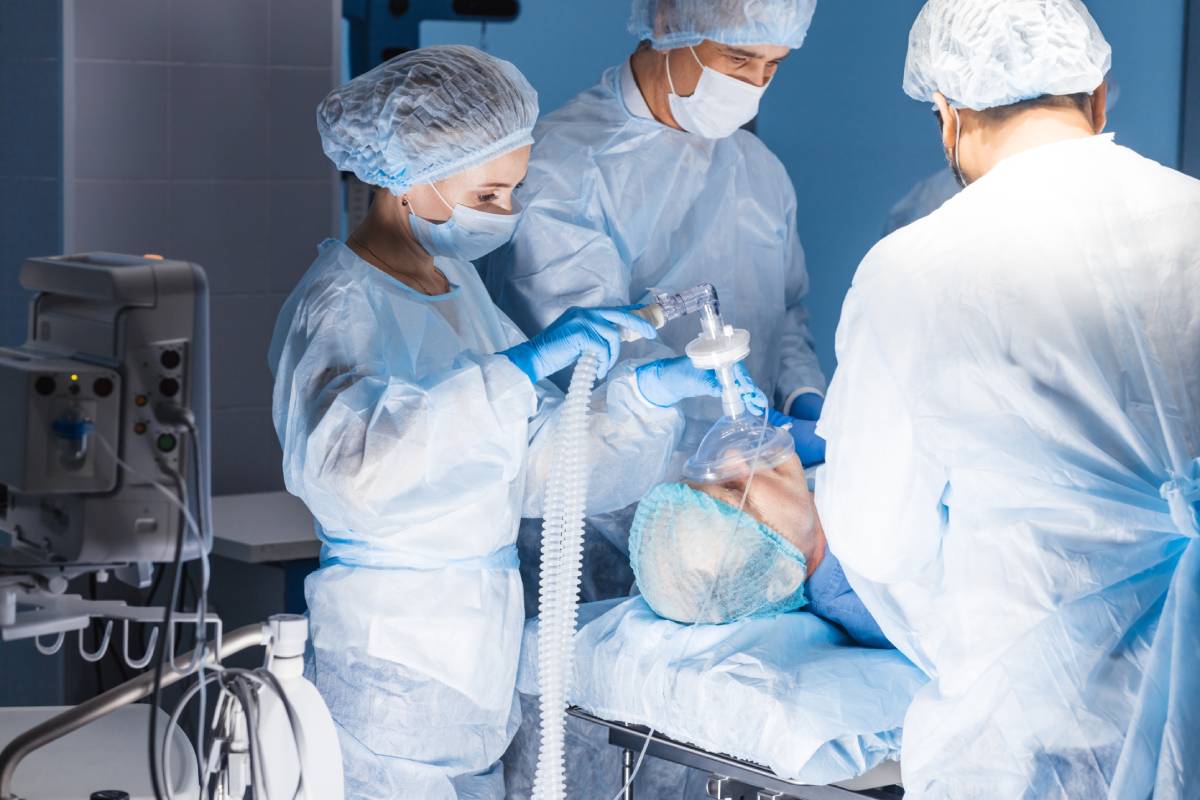Assessing the depth of anesthesia is one of the most critical responsibilities of an anesthesiologist during surgical procedures. The goal is to maintain a level of decreased consciousness that is sufficient to prevent awareness and pain, while avoiding over-sedation that can lead to complications such as cardiovascular depression or delayed recovery. Achieving this balance requires a combination of clinical observation, monitoring technology, and pharmacologic understanding.
Anesthesiologists rely on a variety of indicators to assess whether a patient is at an appropriate depth of anesthesia. These indicators can be broadly categorized into clinical signs and technological measures. Clinical signs include observable changes in vital signs such as blood pressure, heart rate, respiratory rate, and pupil size. For example, a sudden increase in heart rate or blood pressure during surgery may suggest inadequate anesthesia, particularly if it coincides with a surgical stimulus. Conversely, excessively low blood pressure or a slow heart rate may indicate overly deep anesthesia. The presence of movement, tearing, or changes in breathing patterns may also suggest light anesthesia, especially if muscle relaxants are not in use.
Another traditional strategy that anesthesiologists use to assess the depth of anesthesia is the evaluation of reflexes. The loss of certain reflexes, such as the eyelash reflex (reflexive blinking when the eyelashes are stroked), can be used to gauge levels of sedation. Similarly, the absence of motor response to surgical stimulation is taken as evidence that the patient is adequately anesthetized. However, these signs can be obscured by the use of muscle relaxants, which paralyze skeletal muscles and prevent movement without affecting consciousness or pain perception.
To complement these clinical observations, anesthesiologists may use electroencephalogram (EEG)-based monitoring technologies. One of the most common of these is the Bispectral Index (BIS) monitor, which processes EEG signals to generate a numerical score that correlates with the patient’s level of consciousness. A BIS value of 40 to 60 is generally considered indicative of adequate general anesthesia. While helpful, BIS monitoring is not foolproof and must be interpreted in the context of other clinical findings, as certain drugs or neurologic conditions can alter EEG readings independently of anesthetic depth.
In addition to EEG-based tools, anesthesiologists consider the pharmacokinetics and pharmacodynamics of the anesthetic agents being used. Different drugs have varying onset times, durations, and effects on different organ systems. Understanding these properties allows anesthesiologists to anticipate changes in depth and adjust dosages accordingly. For instance, propofol has a rapid onset and short duration, allowing for quick adjustments in anesthesia depth, while inhaled agents like sevoflurane or isoflurane may require more time to equilibrate.
Monitoring brain activity and physiologic responses becomes even more important in patients who cannot show behavioral responses, such as those who are paralyzed or under deep sedation. In such cases, subtle indicators like autonomic nervous system responses (e.g., changes in skin conductance or heart rate variability) may provide additional clues about the patient’s anesthetic state. However, these methods are still under research and have not been as widely adopted.
Importantly, anesthesiologists must also be vigilant for signs of intraoperative awareness, a rare but distressing event in which a patient becomes conscious during surgery. Preventing this requires a thorough preoperative assessment, appropriate drug selection, and continuous intraoperative monitoring. Certain high-risk patients, such as those undergoing cardiac surgery or trauma procedures, may require tailored anesthetic plans to minimize the risk of awareness while preserving hemodynamic stability.
Ultimately, assessing the depth of anesthesia is a dynamic process that demands constant attention and adaptation. It blends objective monitoring with clinical judgment and an in-depth understanding of anesthetic pharmacology. Through this careful orchestration, anesthesiologists help ensure that patients remain safely and comfortably unconscious throughout surgical procedures.
